Arepas Andinas, Venezuela’s Other Daily Bread
- May 2022
- By Liliana Hernández
- Recipe from Venezuela
-
- (2)

Just thinking about these arepas Andinas makes Liliana Hernandez’s mouth water. Traditional to the Andes region in northwest Venezuela, where wheat is plentiful, these golden arepas are slim and made with flour. That makes them muy diferentes from the corn flour arepas Venezuelans homecooks like Caracas-born Liliana make sure to have always on hand. This is true even in Illinois, where she lives with her family today.
Liliana craves both kinds of arepas, she is quick to say. But Andes-style are the ones she prefers to dip into her pisca Andina, the beloved milk and potato soup served for breakfast in Venezuela. This comforting, creamy sopa is one of her favorite dishes. You can see how Liliana make these arepas in her step-by-step master class on Mi Show de Cocina, her YouTube cooking channel.
What makes these toasted arepas even more special for Liliana is her childhood connection to them. Liliana’s mother is from the state of Mérida, in the Andes region. These arepas take her on a Proustian road trip, says Liliana. “It gives me great pride to make these arepas, in honor of my mother. Making these arepas brings back childhood memories when we went on vacation in Mérida and spent time with my aunt. I can never forget waking up early those mornings and seeing my aunt making arepas Andinas with such ease and so amazingly fast.”
This recipe is just like her aunt’s, says Liliana. ”They are incredibly delicious.” How do you eat them? Same as the classic corn arepas, she says. Grab one or two hot off the budare, the traditional Venezuelan griddle. (Don’t have one? Use a cast-iron or nonstick pan, she advises.) Eat them with your meal. Or, slice and stuff them with a little butter and cheese—their internal steam will heat the queso to melty perfección.
The corn arepas might get all the attention, says Liliana. But these wheat ones should not be missed. “I love them so much,” says Liliana. ”Fill them or eat them like bread with whatever you like or have available in your pantry. Just try them. I know you will love them.”
For more of Liliana’s authentic Venezuelan family recipes, try her life-changing bienmesabe cake, asado negro main dish for celebrations, handmade toasted corn flour arepas, reina pepiada and carne mechada arepa fillings, must-have-at-a-party tequeños, and her mother’s go-to ensalada rusa potato salad. All are 100% delicioso. And be sure to check out Liliana on her YouTube channel Mi Show de Cocina, where she is working her way through her favorite Venezuelan dishes like these arepas Andinas.
Ready to Make Venezuela’s Wheat Arepas Andinas?
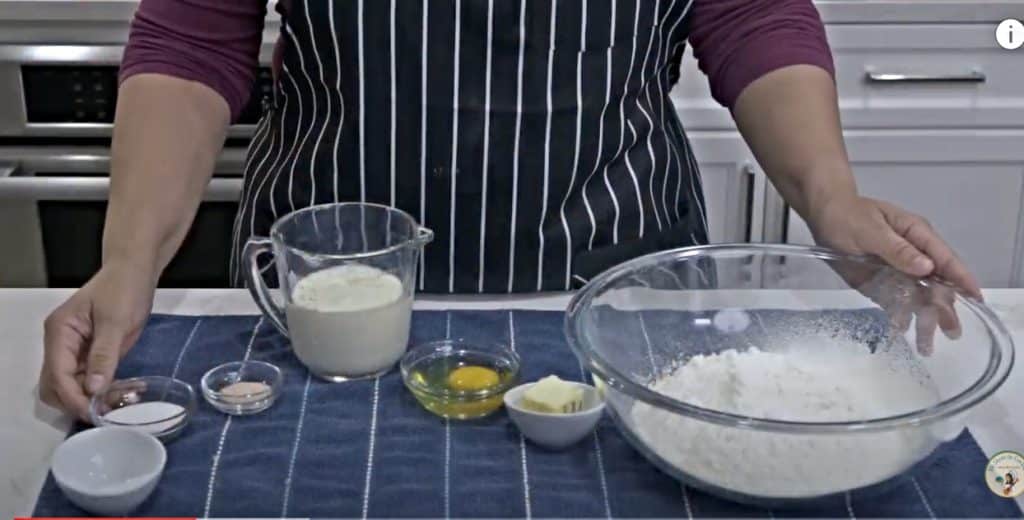
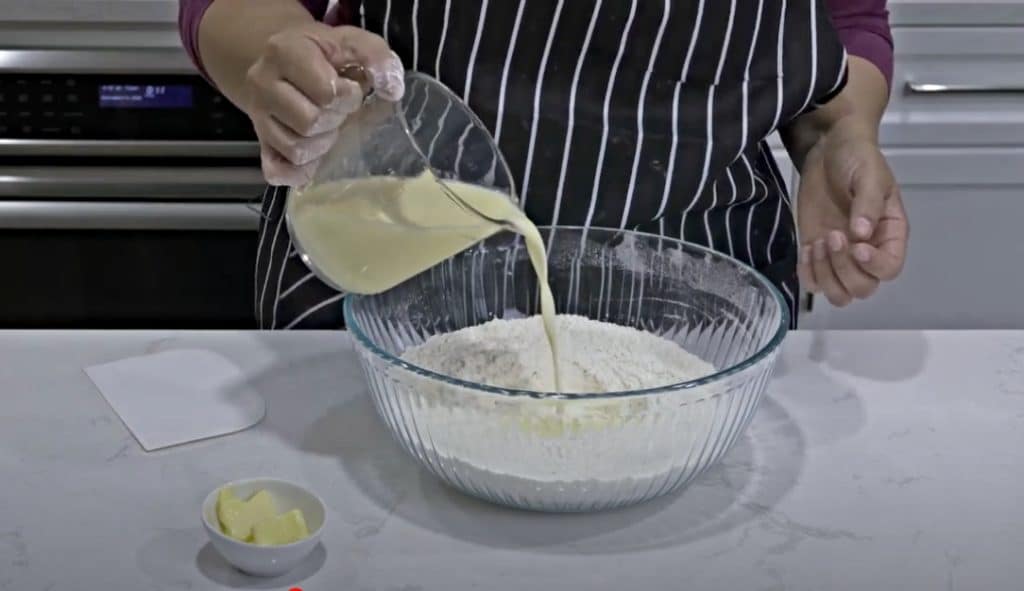
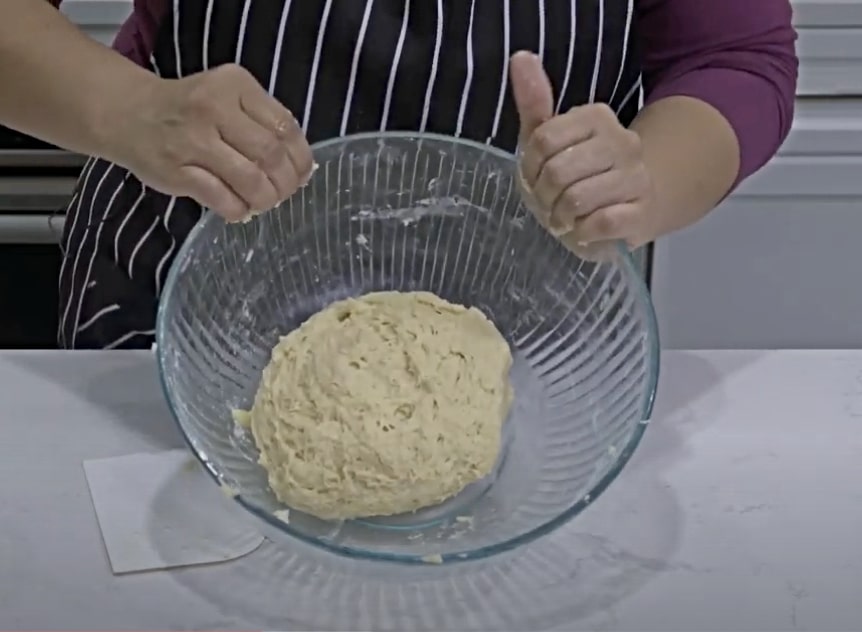

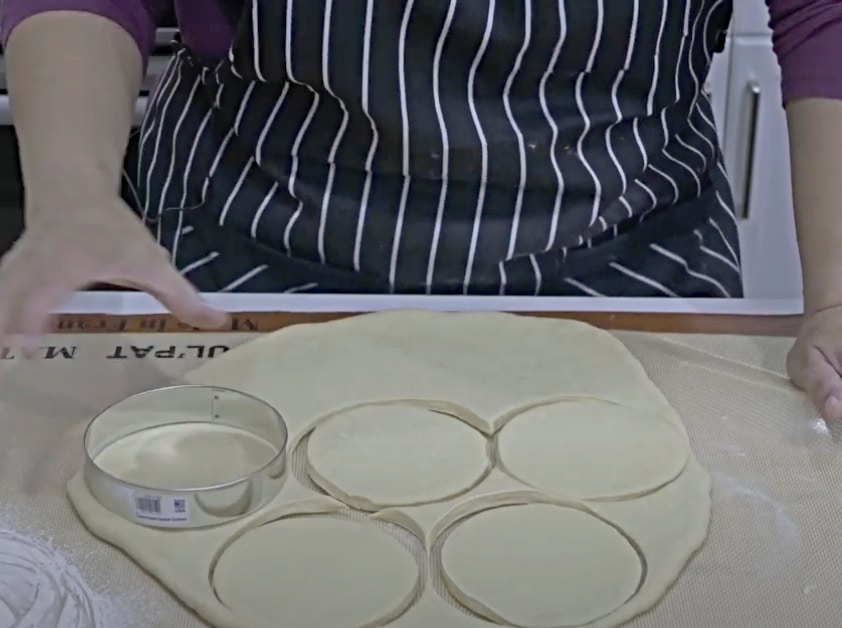
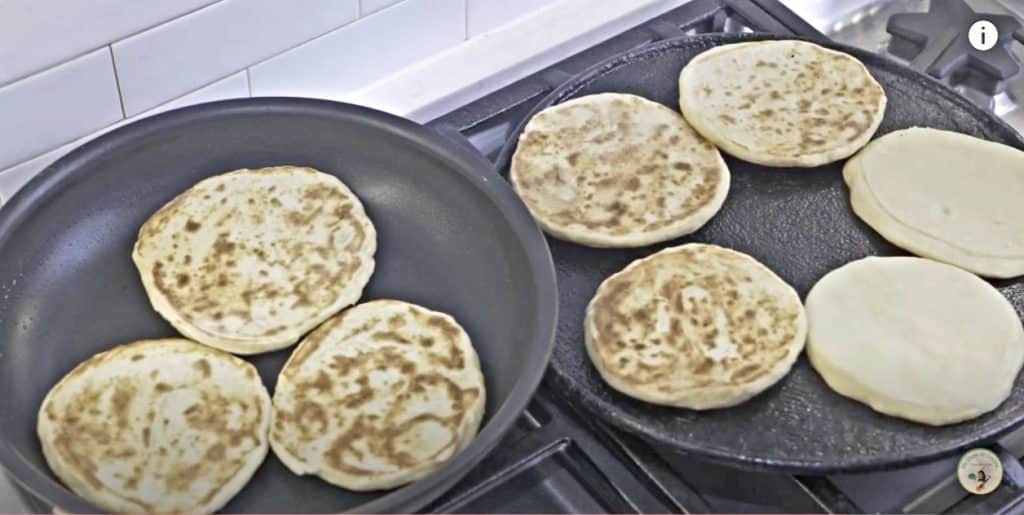
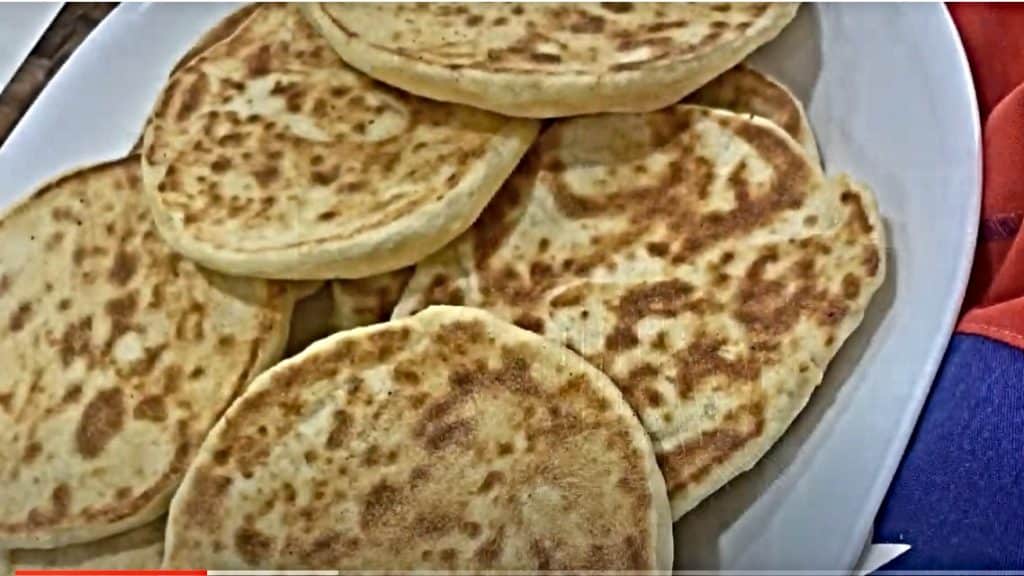
Top photo: Andrey Leotev
MoreLike This

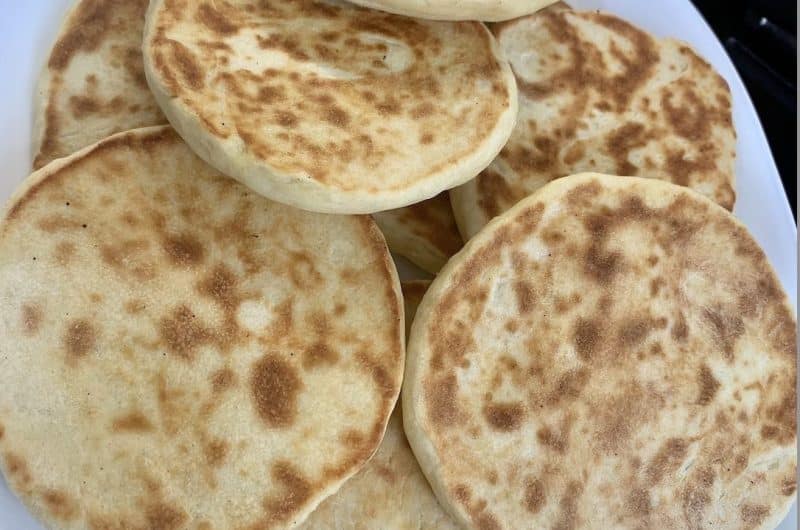


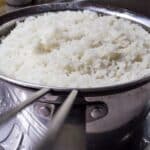
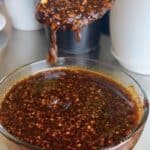
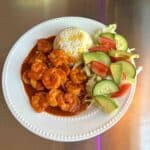

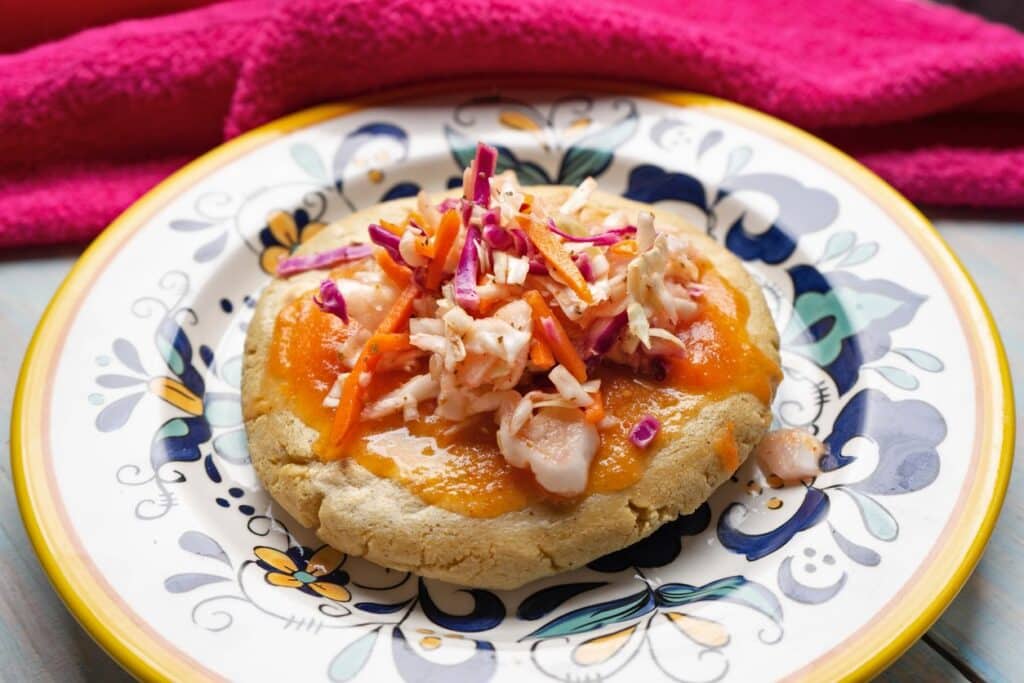
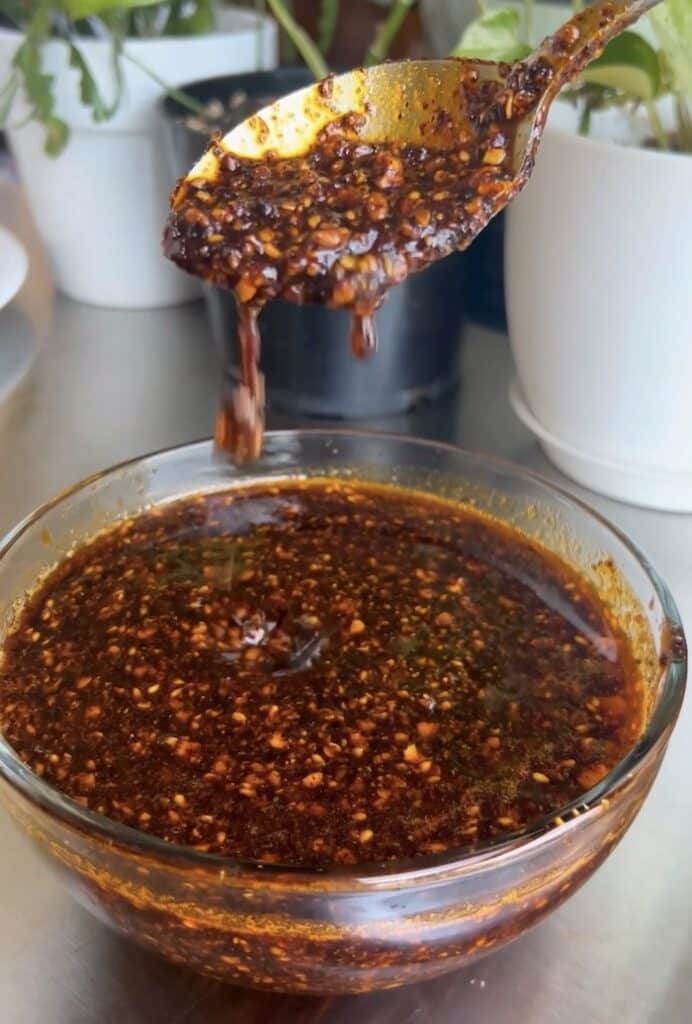
Got a question or suggestion?
Please rate this recipe and leave any tips, substitutions, or Qs you have!